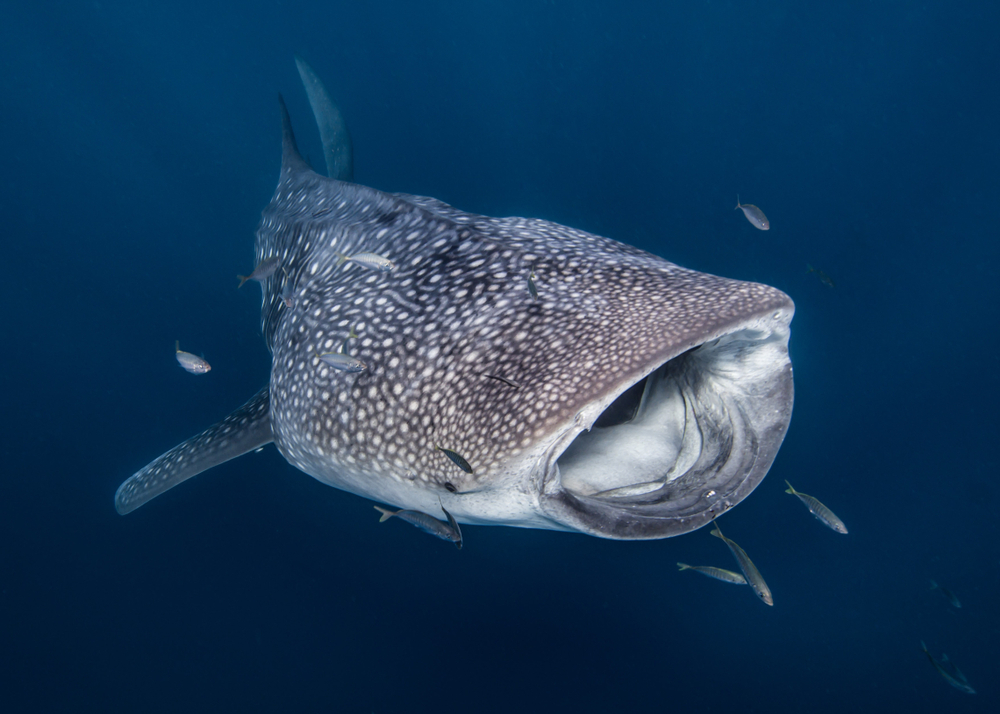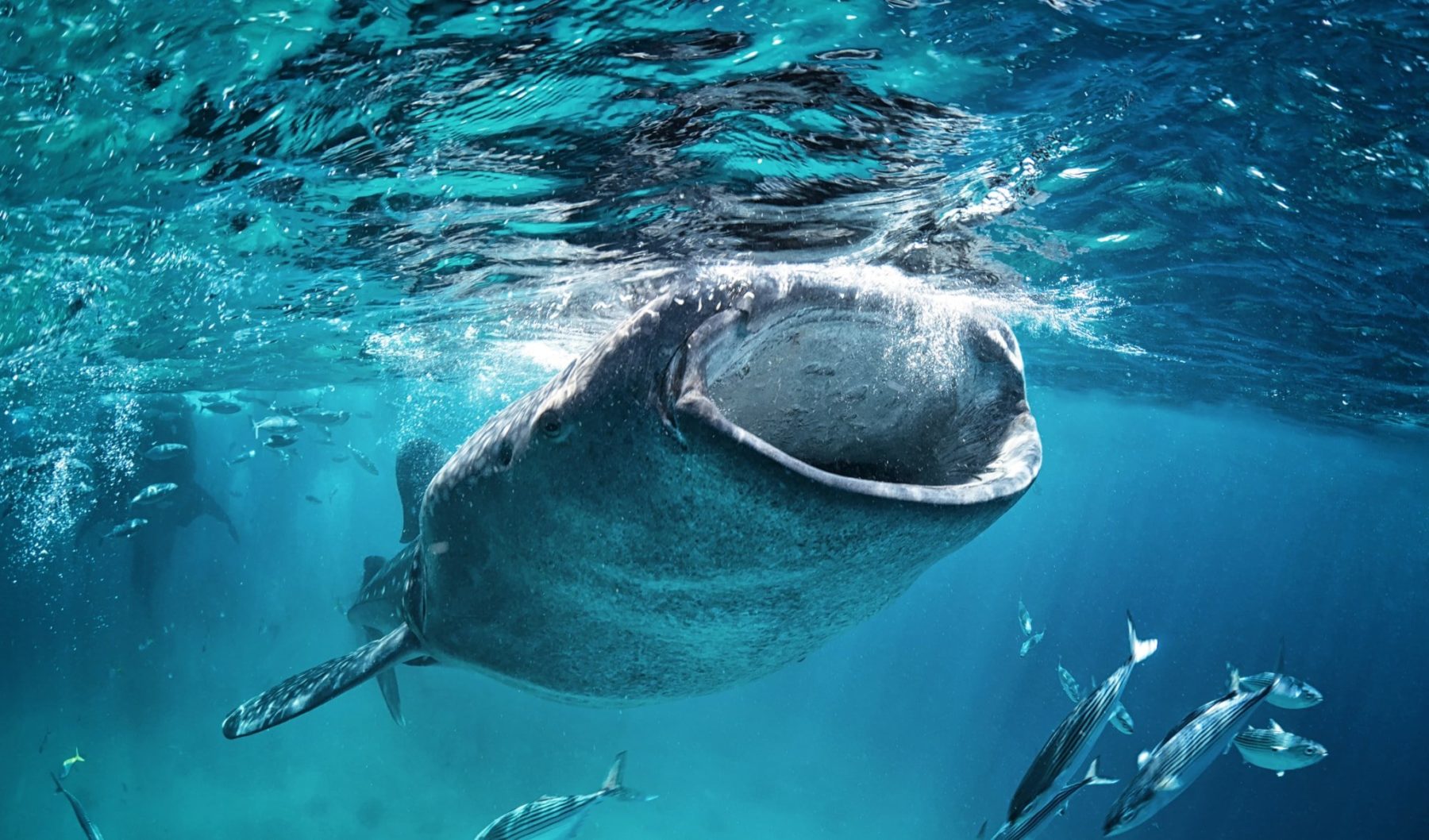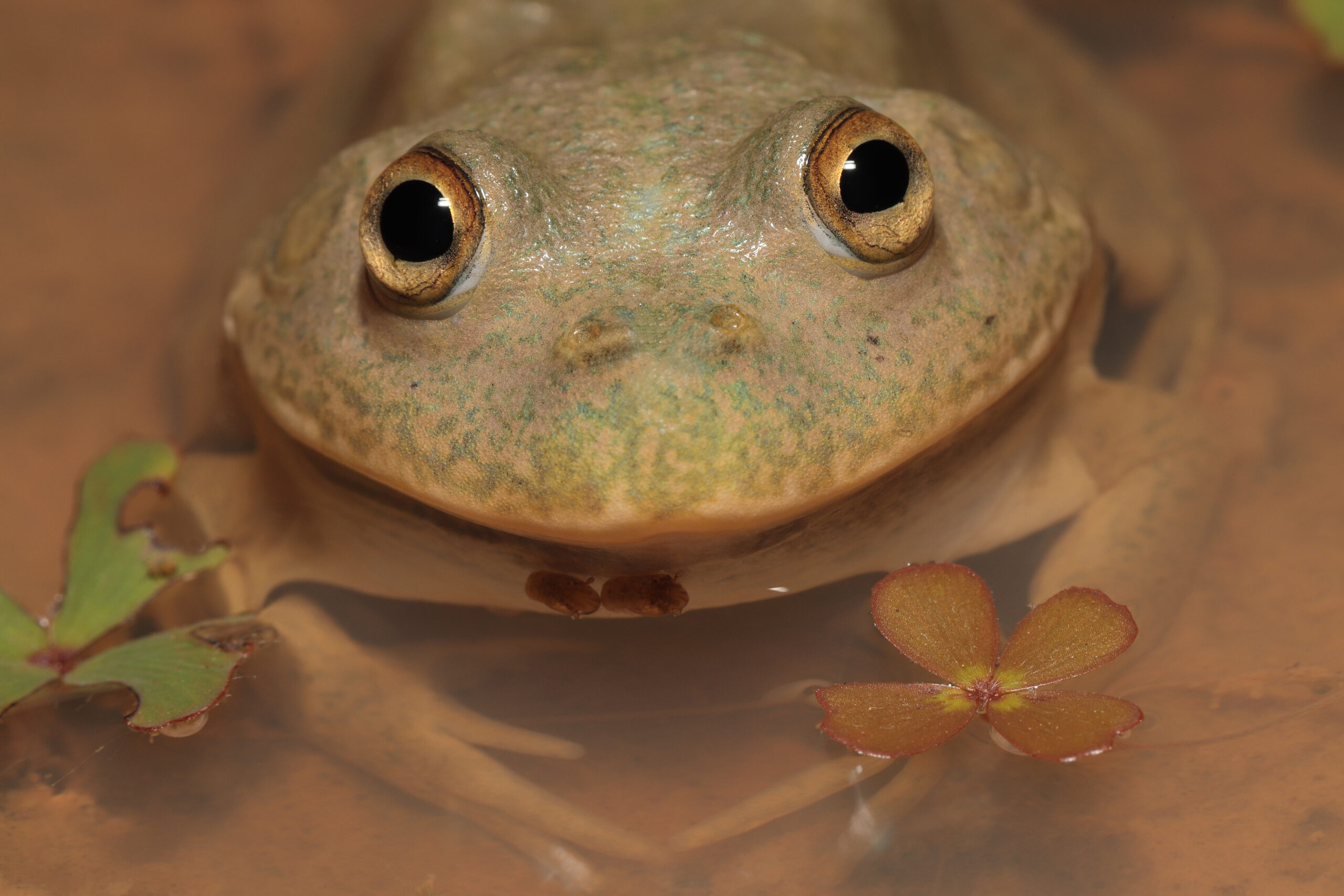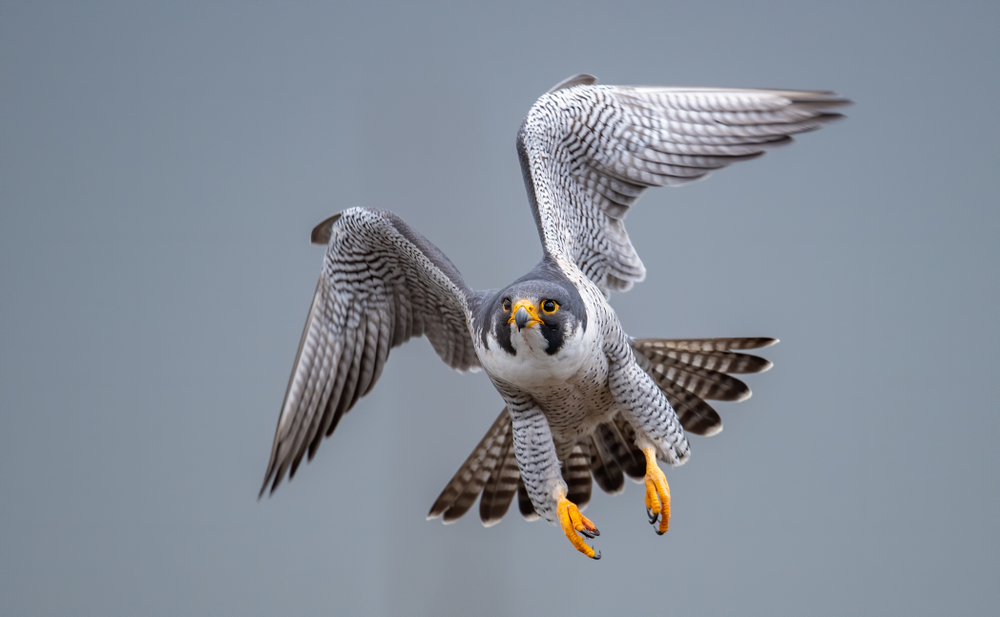| Common name | Whale shark |
| Scientific name | Rhincodon typus |
| Type | Fish |
| Diet | Carnivore |
| Average lifespan | 70 years in the wild |
| Size | 5.5 - 10 metres long, but can reach up to 20 metres |
Holding the impressive title as the world’s biggest fish, the majestic and gentle whale shark may grow as large as a school bus, but unless you’re a tiny plankton, there’s no need to fear these huge ocean dwellers. Slowly cruising the seas, these docile, filter feeders travel thousands of kilometres a year with one single aim – to fill their bellies so they can reproduce.
Often mistaken for a whale, the whale shark is most definitely a fish and breathes via its gills. There are some similarities between whales and whale sharks, however, starting with the commonality of the whale shark being a filter feeder like a baleen whale such as the humpback and regarding its imposing size, the whale shark is quite literally, as big as a whale! Yet with cartilage instead of bone, the whale shark is a true shark and has the potential to grow up to 20 metres in length and weigh in at 20 tonnes, making it easily the largest in its family.
As aesthetically appealing as they are commanding, these gentle giants are easily recognised thanks to a distinctive pattern of white spots and stripes on their dark bluish-grey skin. With a pale, bare belly, the unique patterning on top helps the whale shark to blend in with its aquatic surrounds but also acts like a fingerprint and is exclusive to each individual whale.
Preferring their waters on the warmer side, whale sharks are found throughout the world’s tropical and warm, temperate seas. Travelling throughout the Indian Ocean, this shark species is largely represented within Australian waters, and is found mostly off the coast of northern Western Australia, the Northern Territory and Queensland, with few sightings in waters surrounding Victoria and New South Wales.
With still much to learn about these majestic creatures, the whale shark mysteriously migrates and can travel thousands of kilometres in search of enough plankton to fuel its large body mass. Famously aggregating every spring at the continental shelf off the central west coast of Australia, they have become welcomed visitors to Ningaloo Marine Park, off Exmouth and Coral Bay. Whale shark ecotourism is well managed in this part of the coast, with snorkelers descending on the area each year between April to July to swim next to these docile creatures with scientists able to better educate people about the globally-vulnerable species.
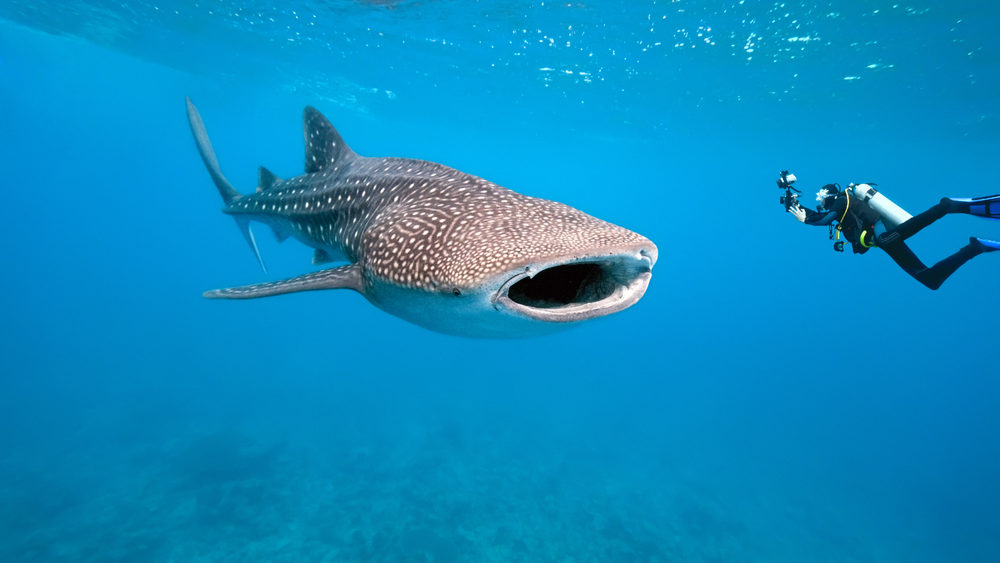
Although little is known about the whale shark’s life cycle, they are thought to have a fast growth rate when they are young, then things slow right down, taking a long time for the fish to reach maturity at around eight or nine metres in length. A female shark gives birth to fully-formed live young that grow from eggs in the mothers’ uteri prior to birth. Up to 300 pups are born after an unknown gestation period and they are between 40 and 70cm in length.
Despite a threatening 3000 teeth arranged in 300 rows within the whale shark’s mouth, these teeth are tiny and neither bite nor chew! One of only three species of filter feeding sharks, the whale shark strains planktonic organisms including krill, jellyfish, and crab larvae, from the ocean water through its gills using a fine mesh of grill rakers.
With very few oceanic predators, except the blue marlin and blue sharks which sometimes prey on young whale sharks, humans are the biggest threat to these gentle giants. Hunted in some parts of its watery terrain for its flesh, liver oil, cartilage, and fins, with whale shark fins and meat still sold for high prices in countries including Taiwan and China. Floating plastic rubbish in the ocean can also injure or kill a whale shark and their habit of swimming close to the ocean’s surface leaves this shark open to injury from boats.

